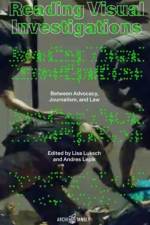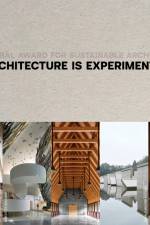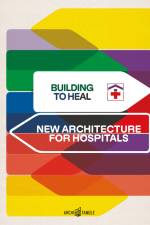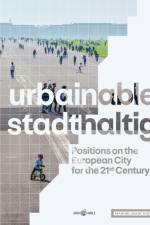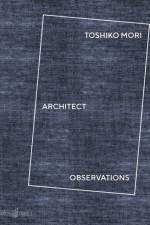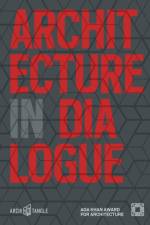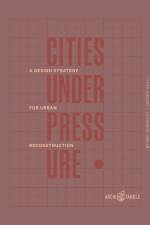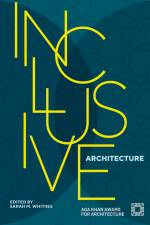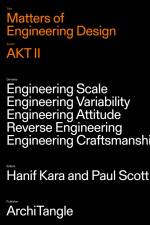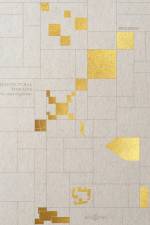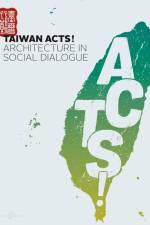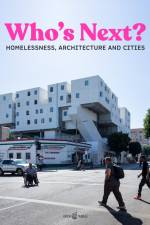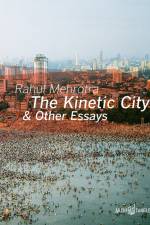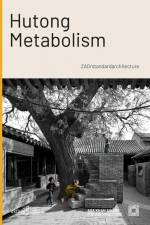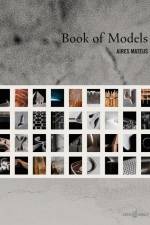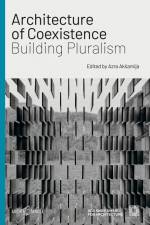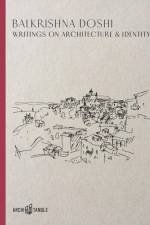621
Beyond Ruins: Reimagining Modernism explores the potential of modern architecture renovation in the Global South as a catalyst for self-determination and community-building.The volume presents case studies, conversations, and visual essays by international experts in architecture, governance, regenerative design, contemporary art, philosophy, and gaming. These contributions examine recent heritage renovation as a scaffold for local coauthorship of the built environment, and as a way of coming to terms with the region's postcolonial nation-building projects of the mid-twentieth century. The starting point for the book's contributions is the Oscar Niemeyer Guest House renovation project in Tripoli, Lebanon, by the Beirut-based East Architecture Studio-a recipient of the Aga Khan Award for Architecture. The main focus here was to uncover the history of the site and to foreground the political climates of such postcolonial nation-building projects.The publication addresses contemporary heritage challenges, questions renovation trends, and reveals gaps in historicization and archiving. It reflects on the need for new architectural operations due to a lack of infrastructure and emphasizes the materiality of renovation projects, encouraging discussions on craft, manufacturing, growth, aging, and hybridity.Beyond Ruins: Reimagining Modernism presents architecture as a process of mutual translation-listening to, interacting with, and supporting cultural practices. It offers a platform for critique and possibility, while considering preservation as an imaginative futurist practice.Edited by Raafat Majzoub and Nicolas Fayad, with contributions by Amale Andraos, Elias and Yousef Anastas, George Arbid, Aaron Betsky, Sibel Bozdogan, Costica Bradatan, Aziza Chaouni, Marco Costantini, Civil Architecture, Farrokh Derakhshani, EAST Architecture Studio, Fadi El Abdallah, Farès el-Dahdah, Nicolas Fayad, Sarah Mineko Ichioka, Charles Kettaneh, Bernard Khoury, Raafat Majzoub, Noura Al Sayeh Holtrop, Sumayya Vally, Ana Tostões, Nader Tehrani, Jozef Wouters, and Akram Zaatari.


